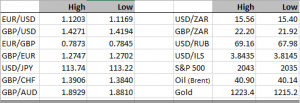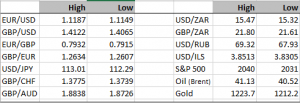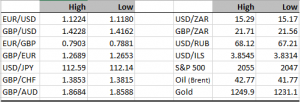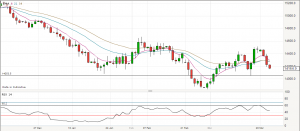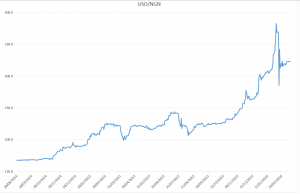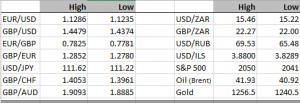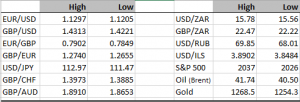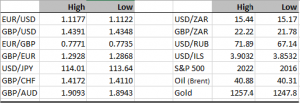Mixed news from the east overnight, Chinese PMI’s showed an uptick for March which comfortably exceeded expectations and the data for February. Other business activity surveys also turned out positively in China, with signs that property sales are perking up again. So much so that some of the data is the best since as far back as October 2014. Despite this the export side of the economy still looks fragile, and the fact that it’s real estate doing well makes you immediately wonder if the government is adding some sort of stimulus. Whatever it is, it’s encouraging to have some positive economic news coming out of China, it feels like it’s been a while! Japanese data was a slightly different affair though, not so good news, with the Tankan describing business leaders as gloomy about prospects for the land of the rising sun. While the survey still considers conditions to be good for business, there is far less optimism in Japan than one might have hoped for, given the conducive monetary conditions. Perhaps negative interest rates aren’t a panacea after all.
Later on today we get the US labour market report, non-farm payrolls. Economists are forecasting a continuation of robust labour market growth, with 205,000 new jobs expected. In a way this might be the least anticipated report in some time, given Chairwoman Yellen’s comments earlier on in the week. It is clear that the Federal Reserve is retreating from the idea that the US economy as at or close to full employment. I must admit when I initially heard her comments, I thought it was a fudge to justify a more cautious approach to the hiking cycle. But perhaps it isn’t. After all we are seeing the same phenomenon in other advanced economies, not least the UK. Wage growth is anaemic despite very low unemployment rates and it is likely that globalisation is the root cause of it. Workers no longer have the bargaining power they once did and this might enable the economy to operate at much higher levels of employment before workers can feel confident that demands for better pay will be met. As of right now, a company like Procter and Gamble or Nestle, can juggle production amongst a myriad of manufacturing sites around the world. What distinction do they make between an employee in the United States, Mexico or South Africa?
Anyway what does all this mean for currencies? I suspect it might take a bigger positive data surprise to lift the dollar from here. Don’t get me wrong, interest rate differentials should still make the greenback a more attractive bet than holding euros or yen, but betting on a widening of that interest rate spread is becoming a more complicated business. As for the pound sterling, it exists in its own Brexit world at the moment, and bear in mind, the reasons to be more cautious about the dollar also apply to the pound. It is notable that the UK current account deficit data showed a deterioration yesterday despite the weaker pound, in fact the papers report that the deficit is now at a postwar high. If you weren’t already aware of how dependent the UK economy is on foreign capital that should tell you all you need to know! I’m not sure this Brexit debate could be happening at worse time.
DISCLAIMER
Any financial promotion contained herein has been issued and approved by ParityFX Plc (“ParityFX”); a firm authorised and regulated by the Financial Conduct Authority (“FCA”) as a Payment Services Institution with registration number 606416. It is for informational purposes and is not an official confirmation of terms. It is not guaranteed as to accuracy, nor is it a complete statement of the financial products or markets referred to.
Opinions expressed are subject to change without notice and may differ or be contrary to the opinions or recommendations of ParityFX. Unless stated specifically otherwise, this is not a recommendation, offer or solicitation to buy or sell and any prices or quotations contained herein are indicative only. To the extent permitted by law, ParityFX does not accept any liability arising from the use of this communication.
Follow our tweets @parityfxplc
Follow us on LinkedIn ParityFX Plc



